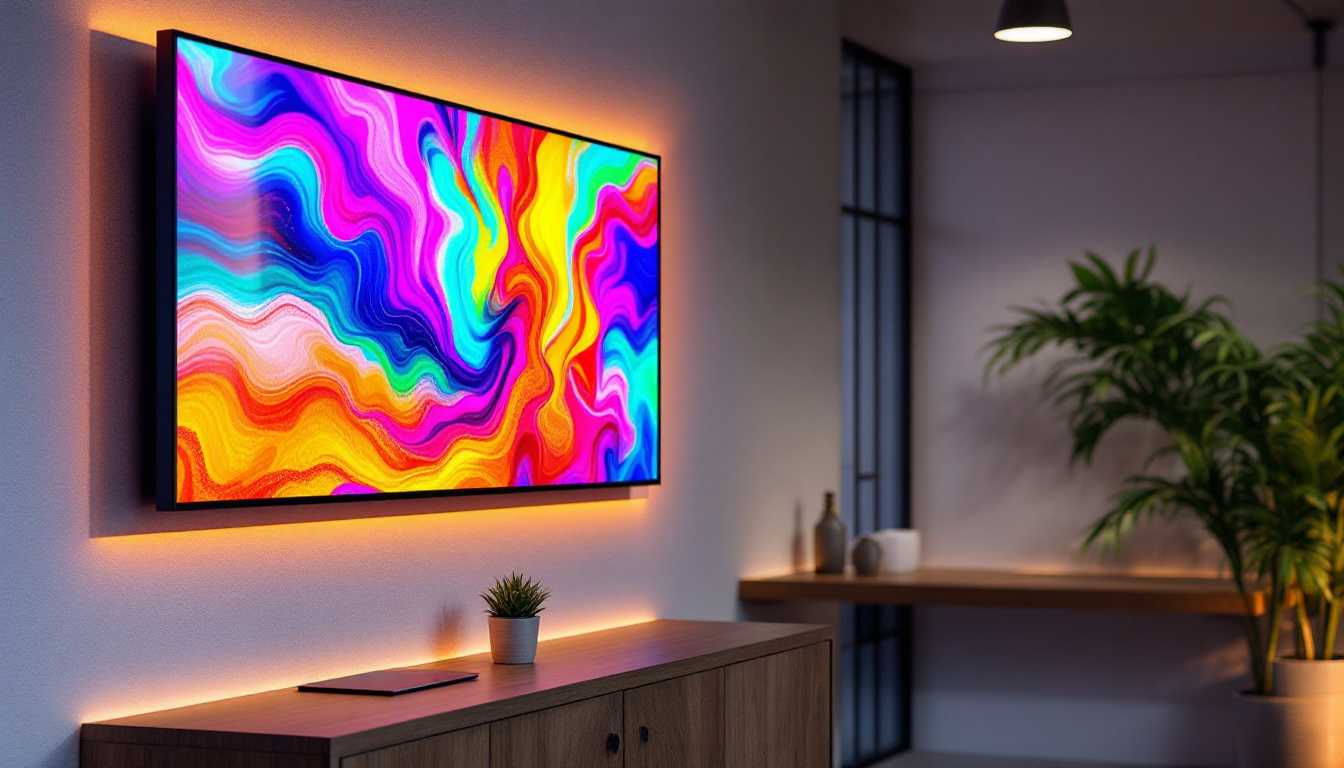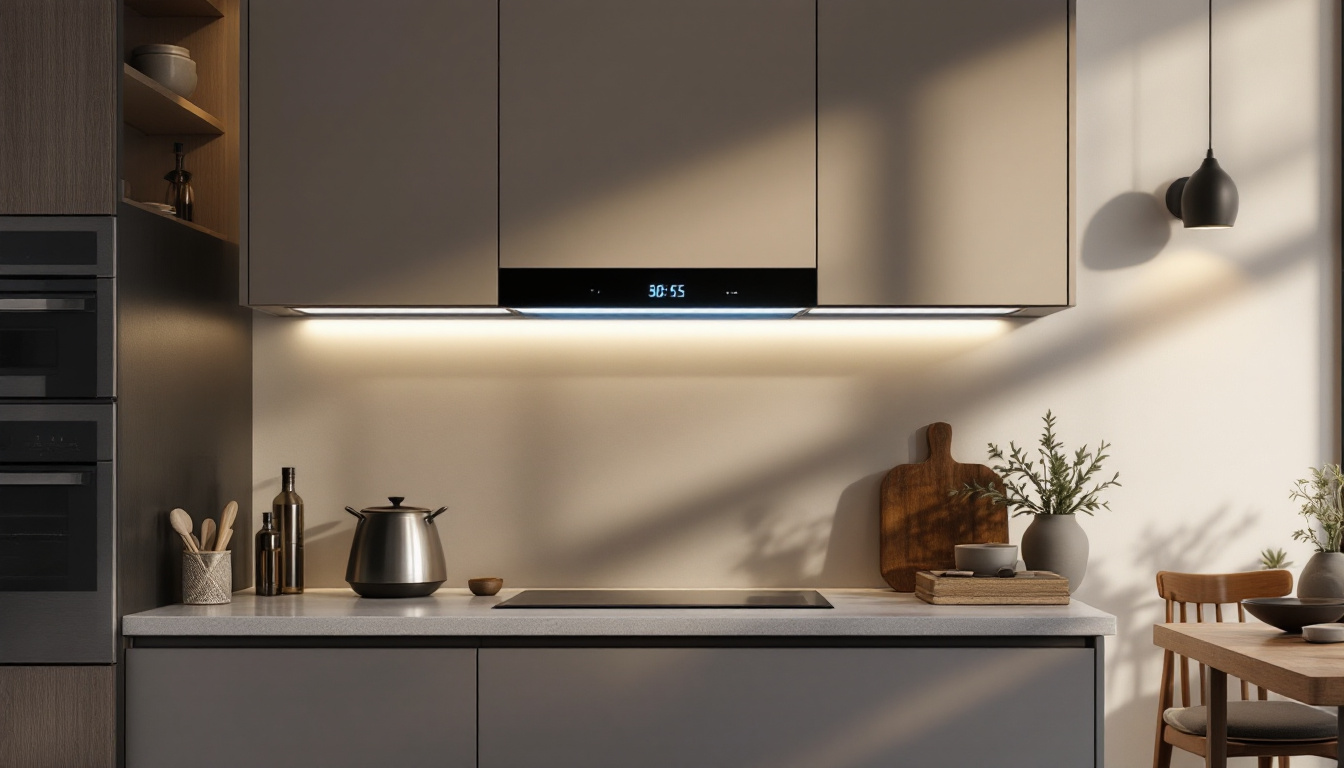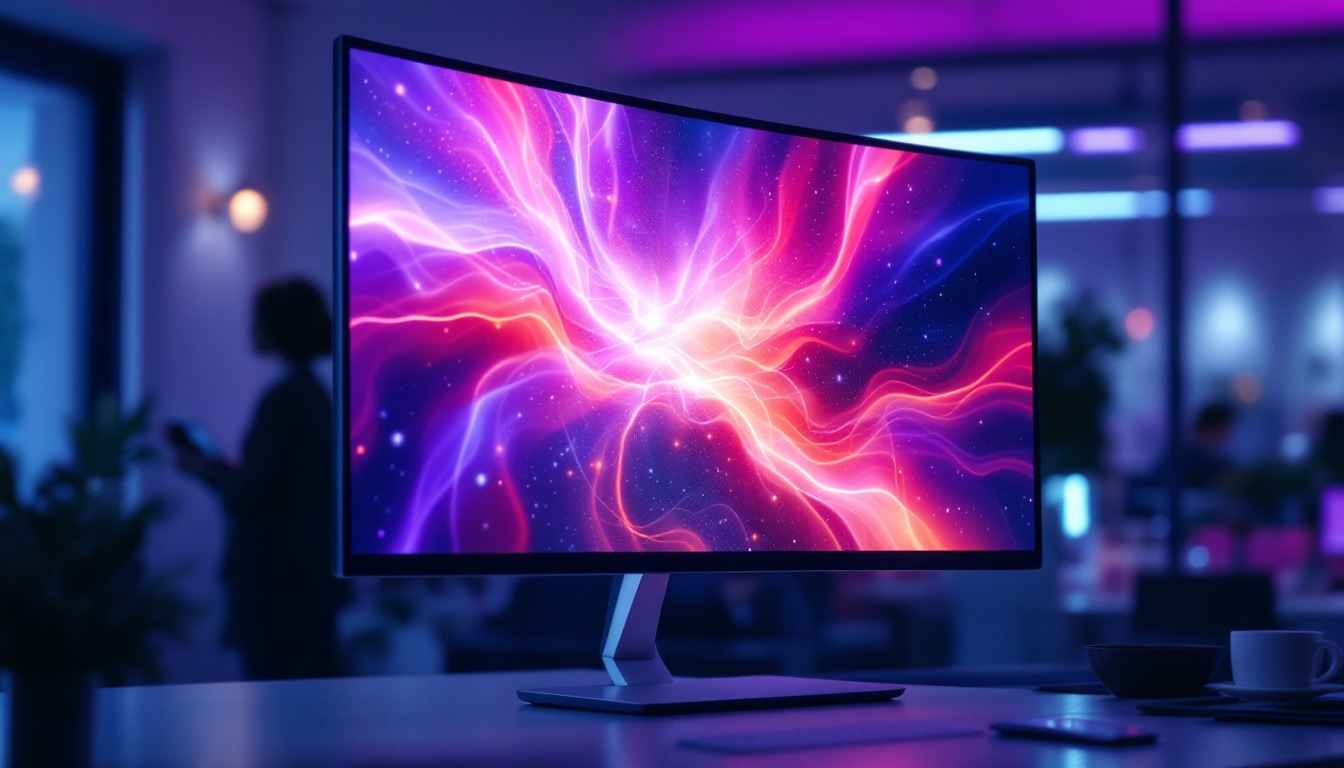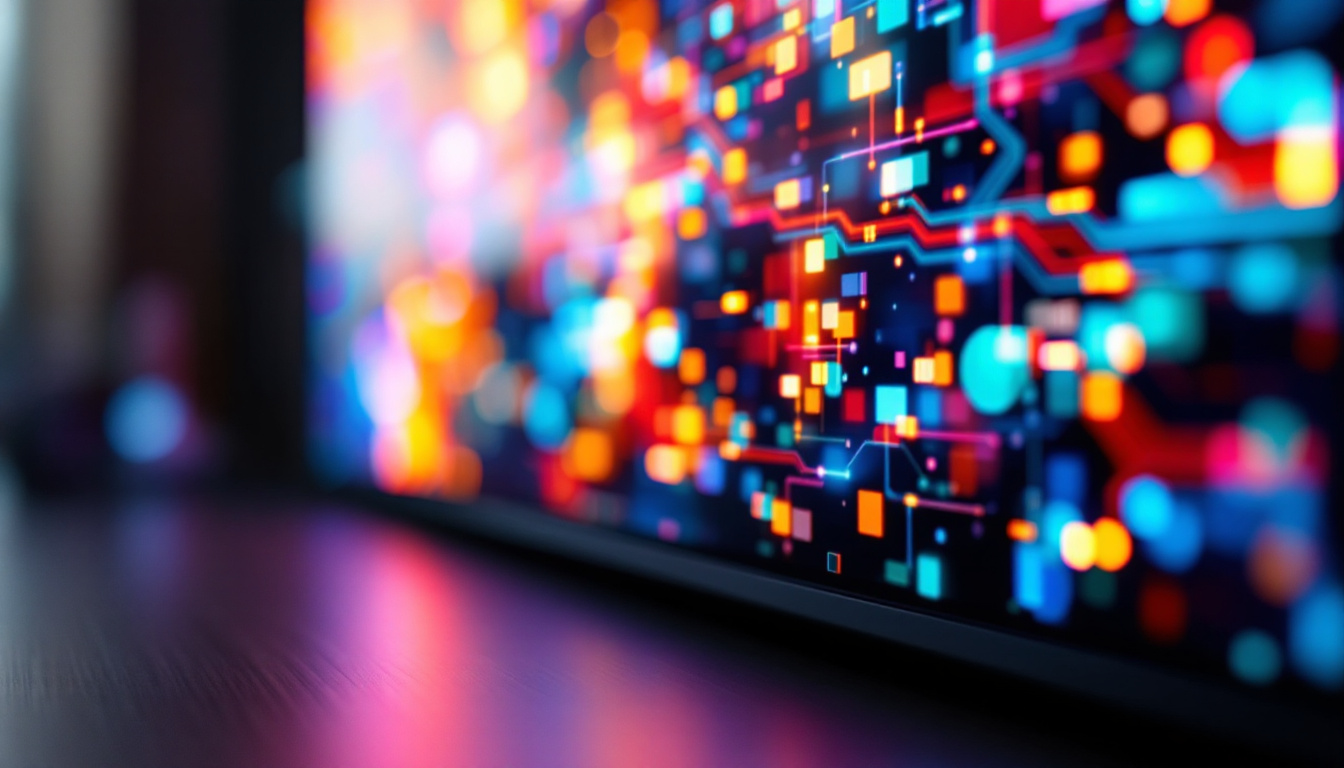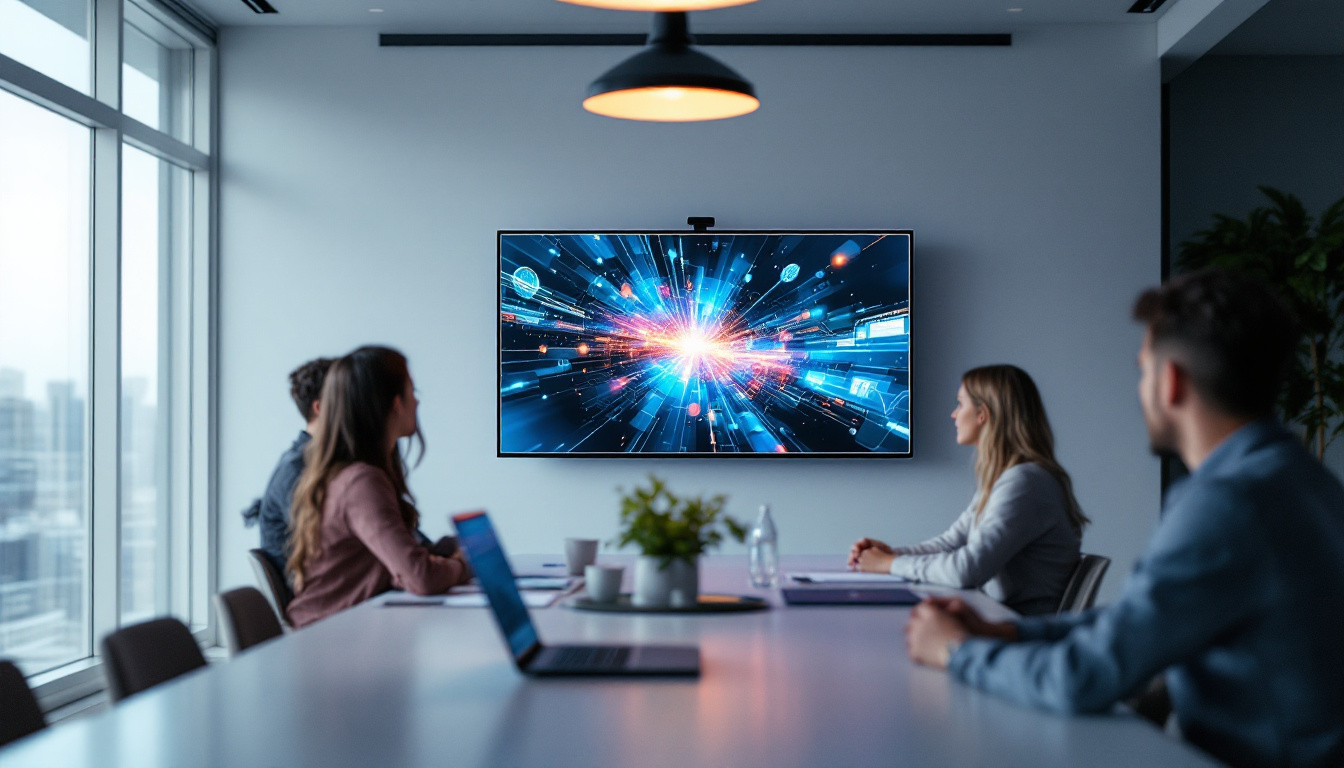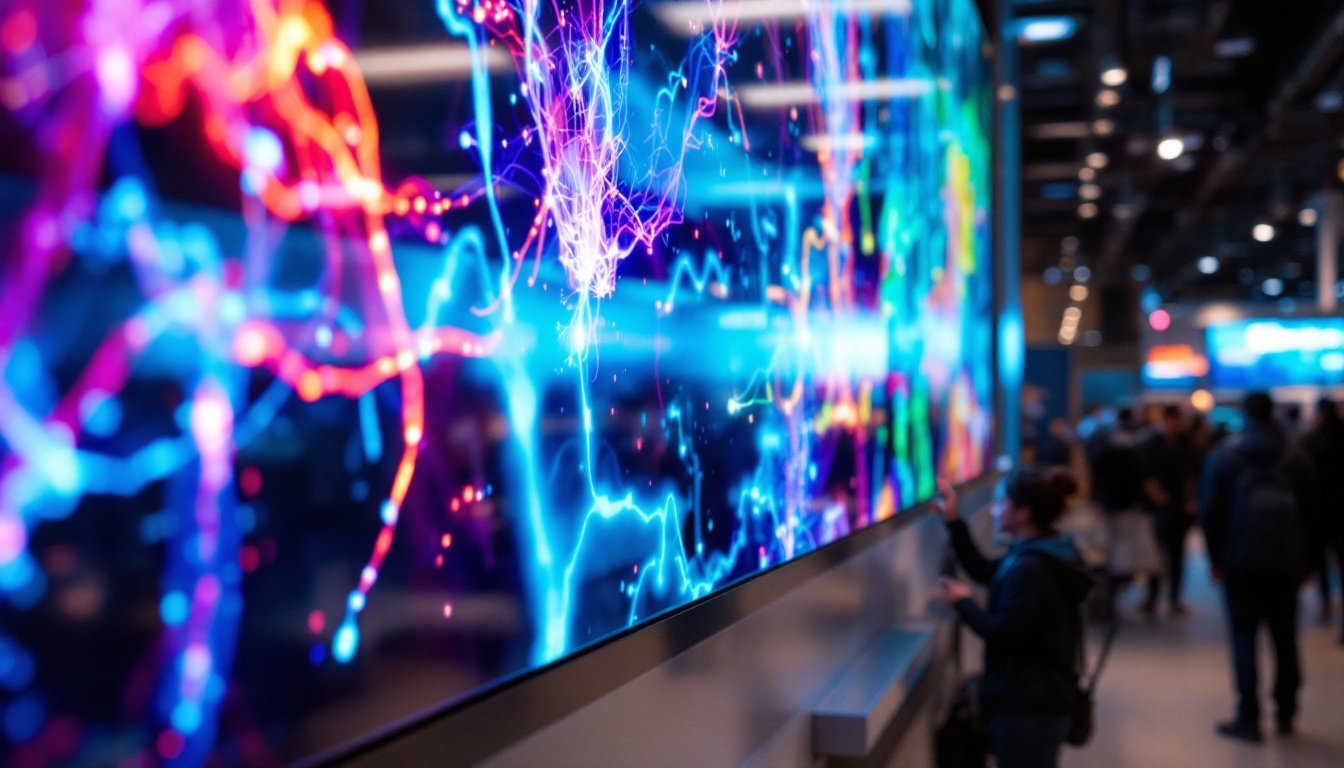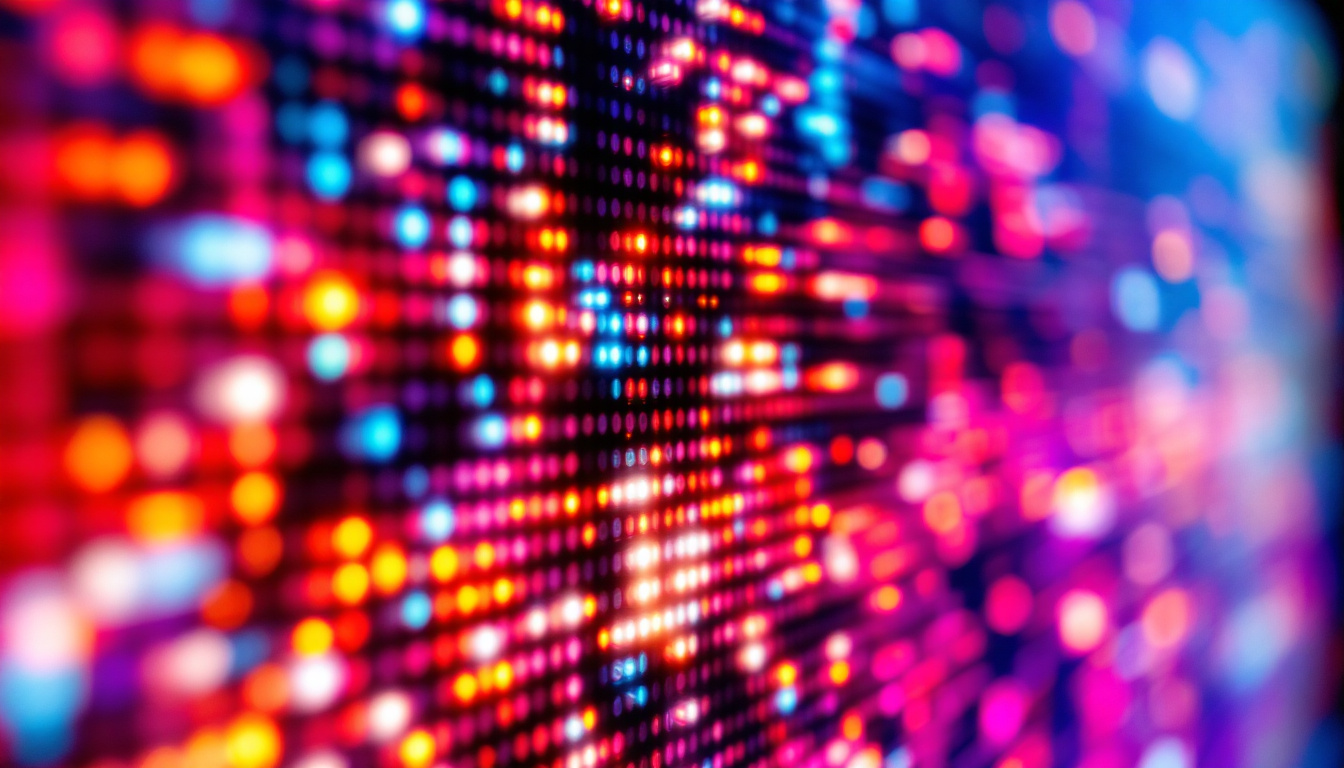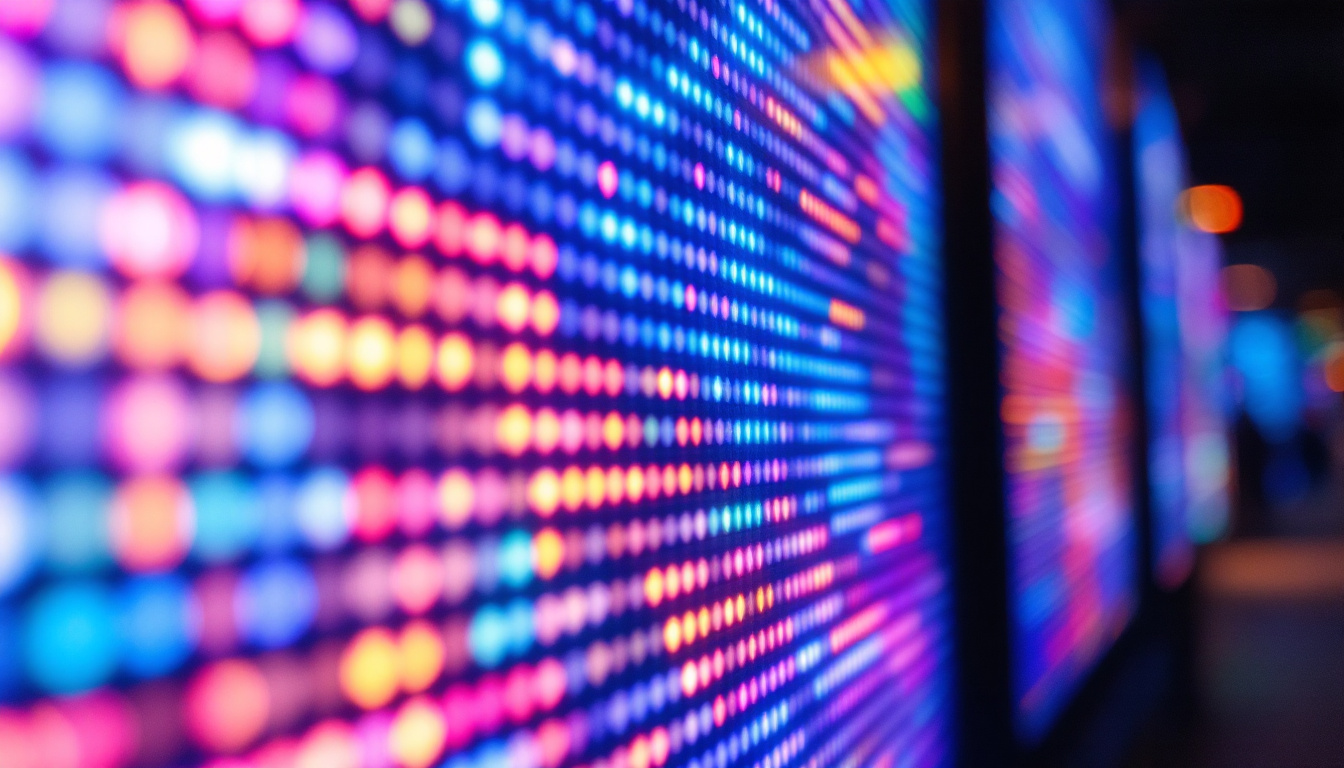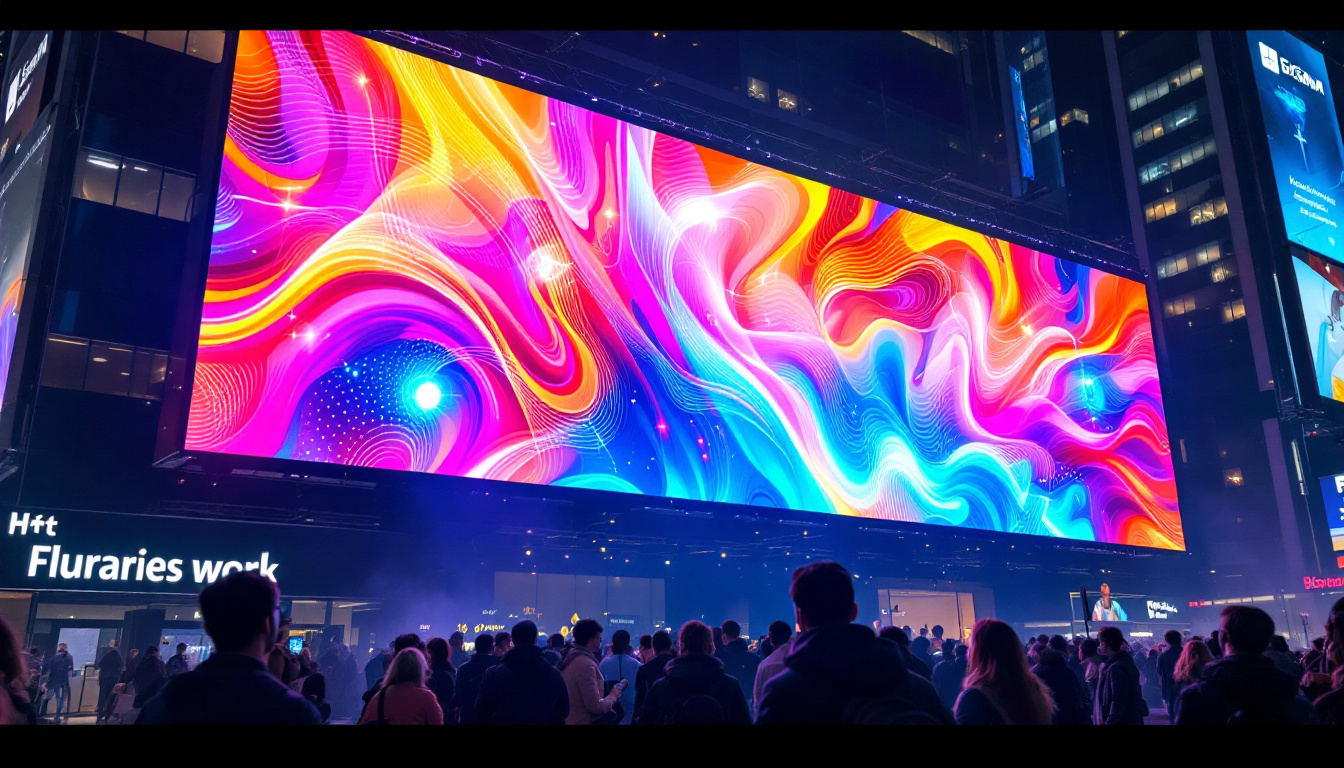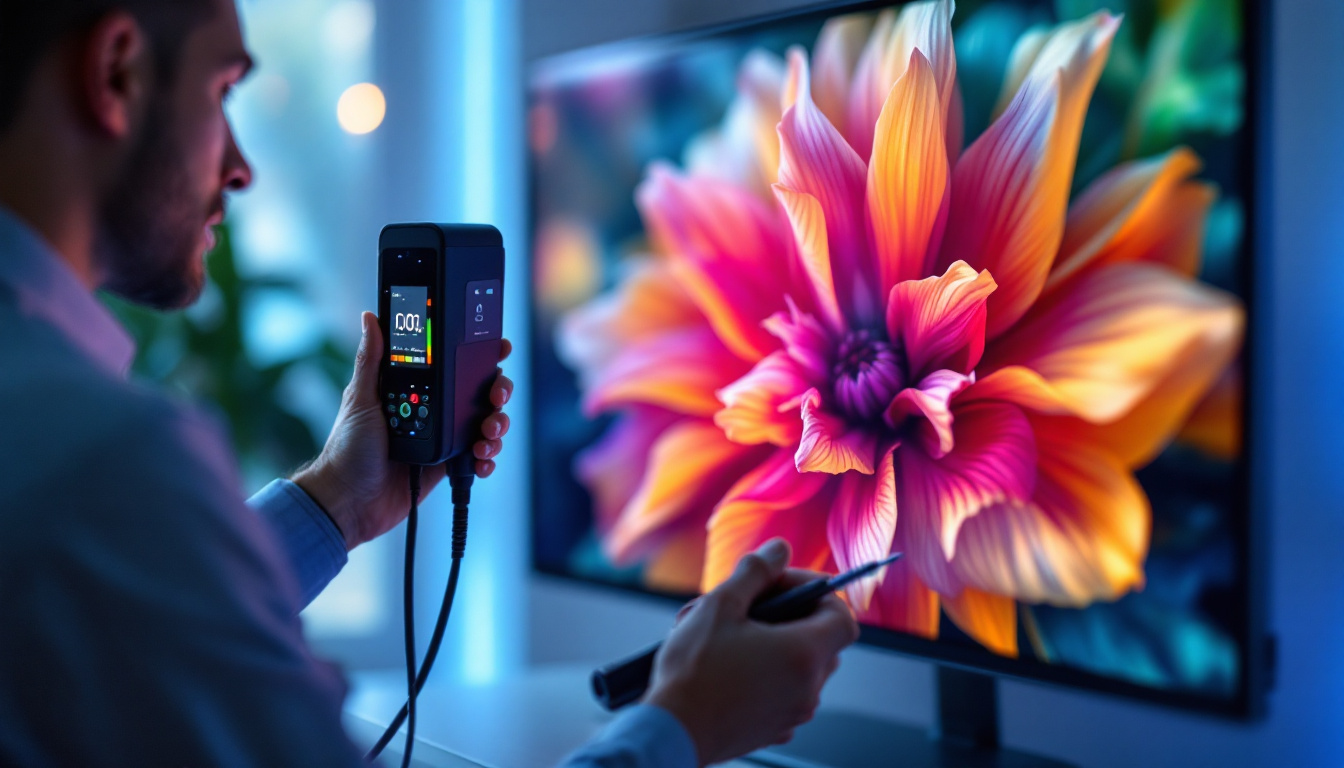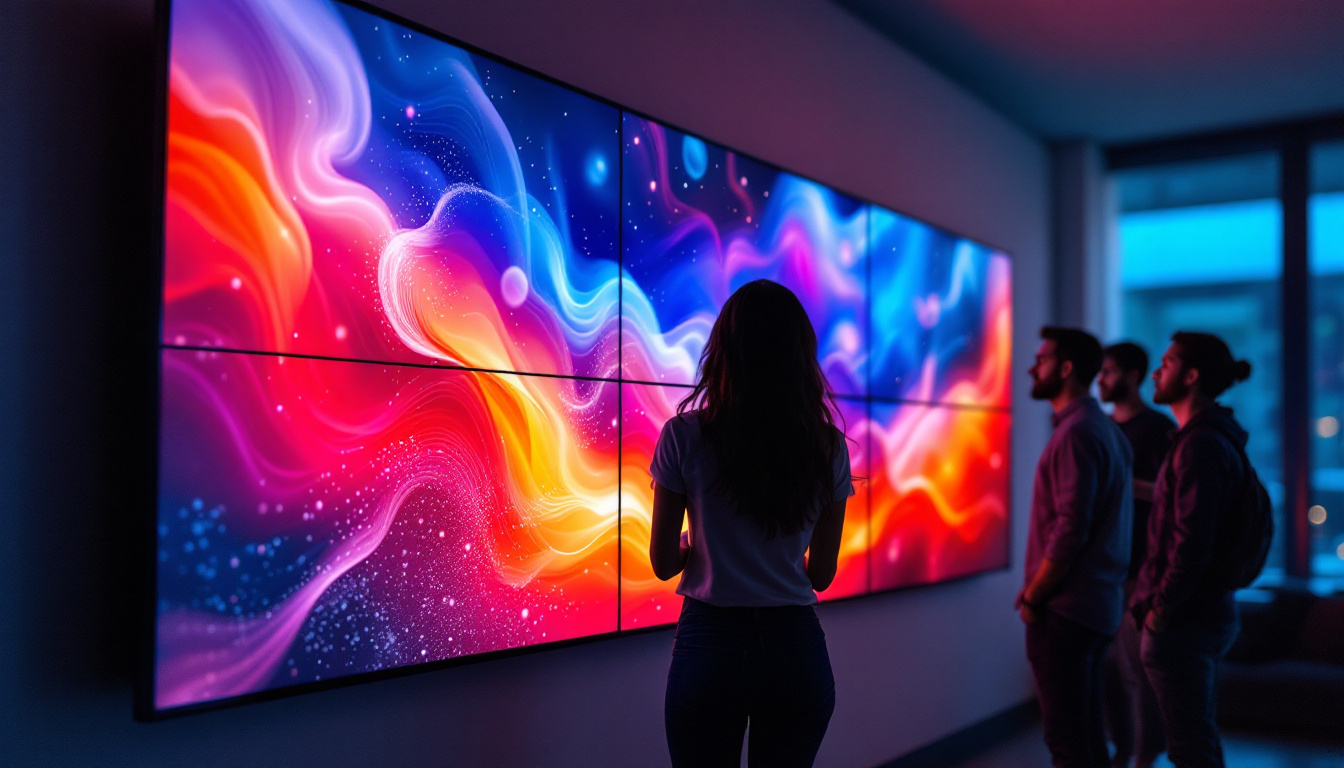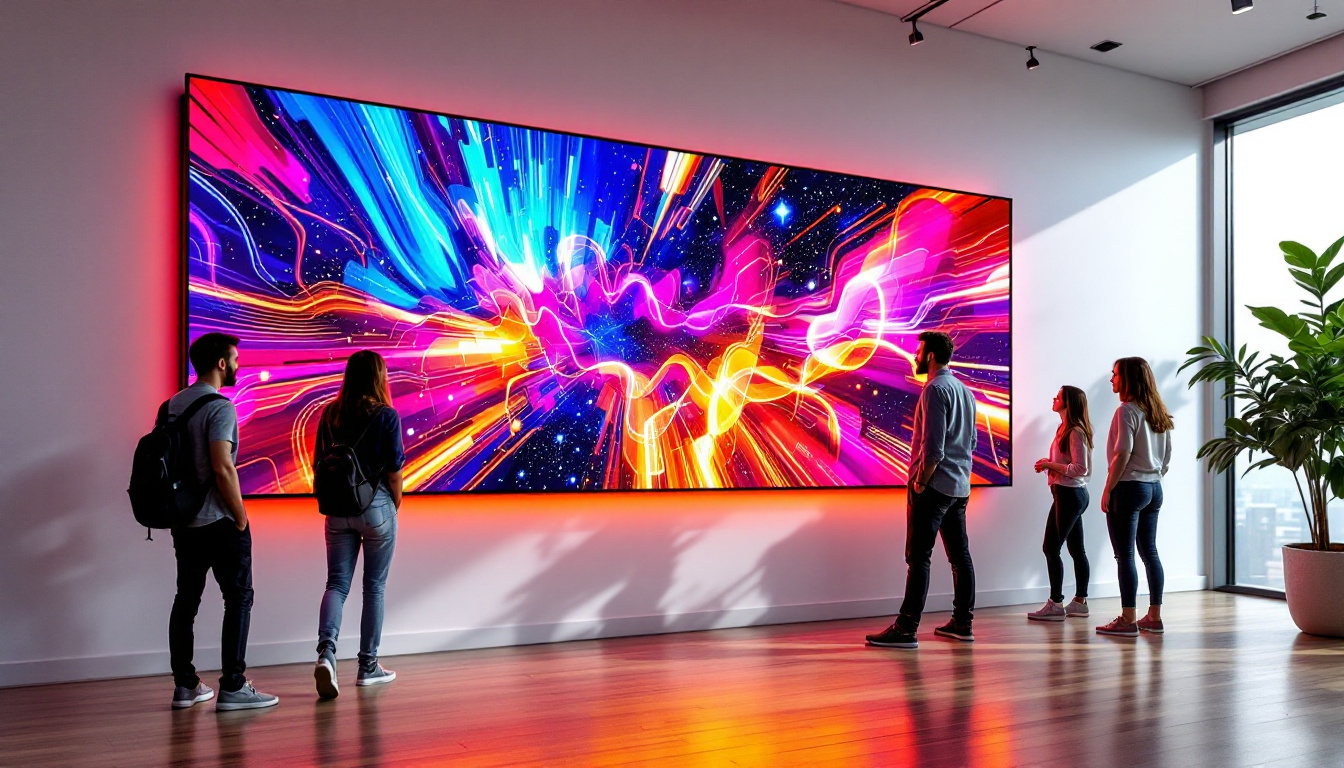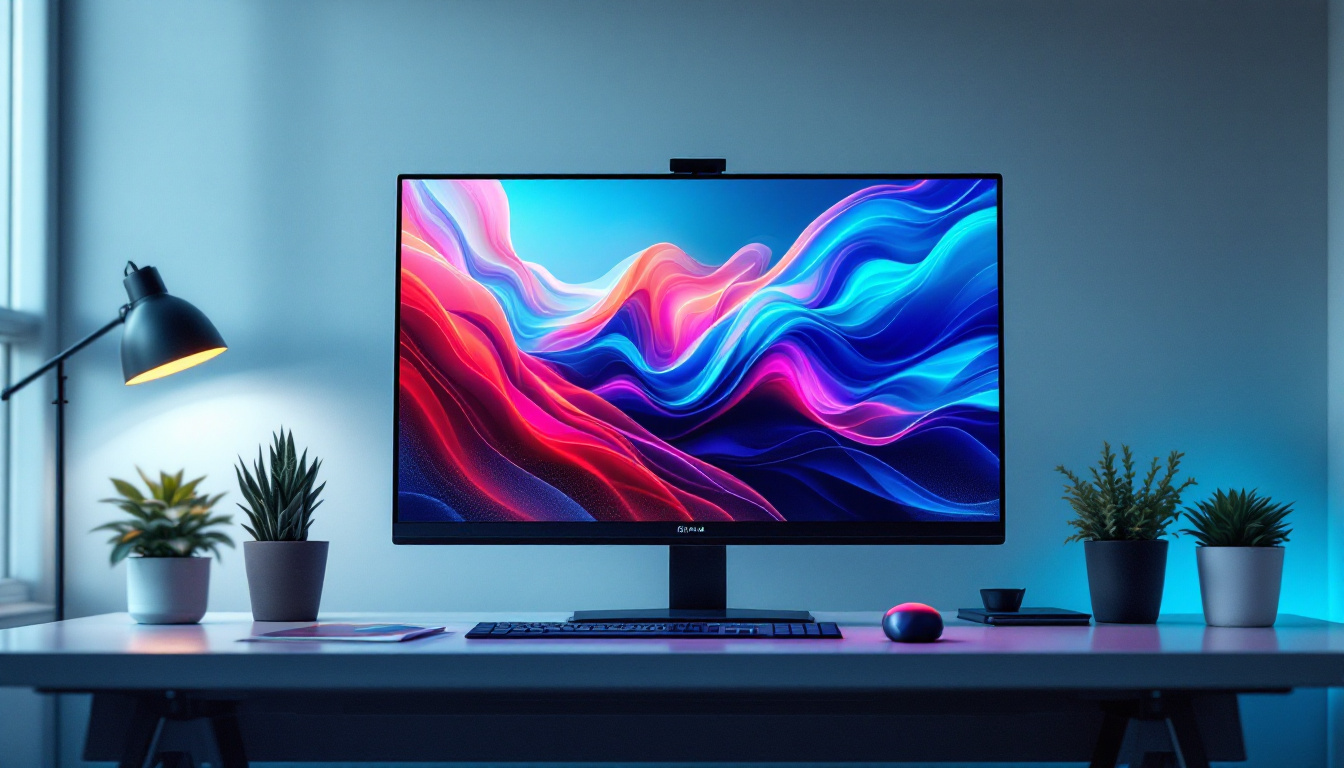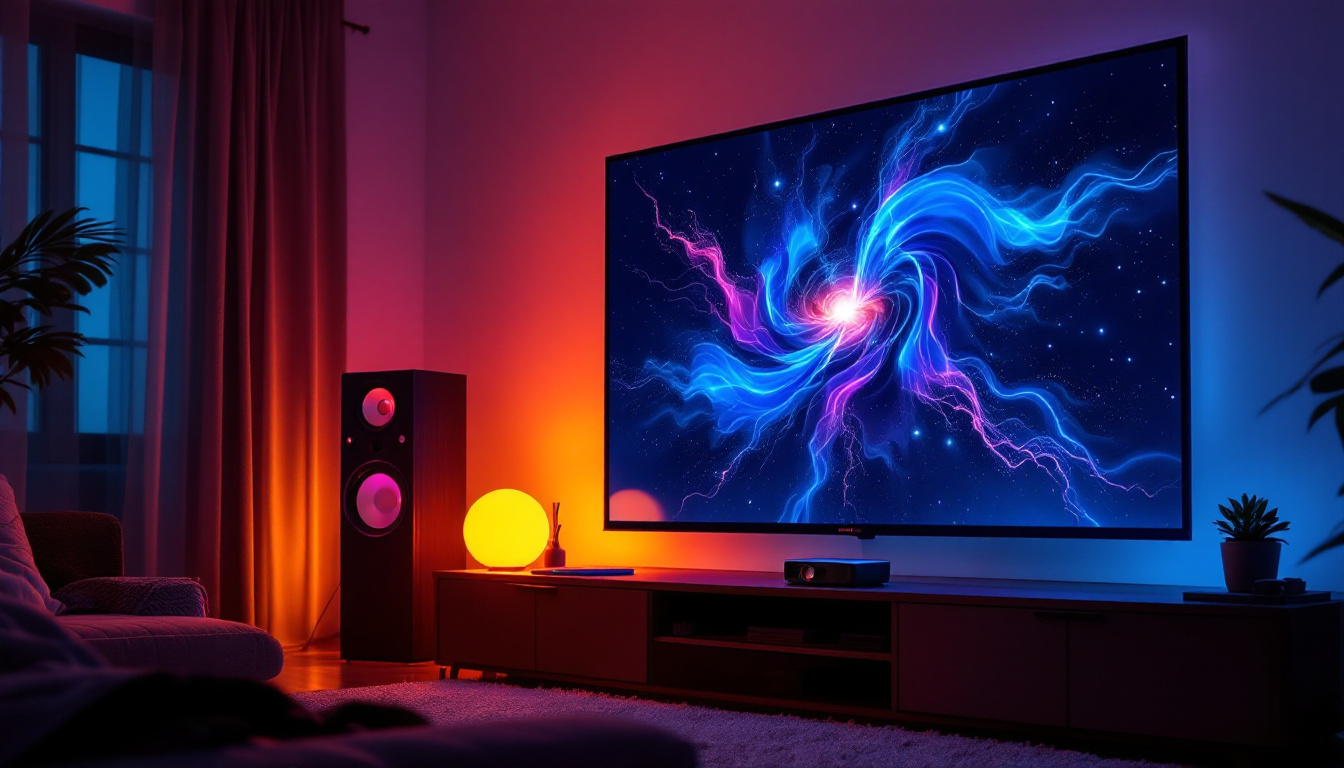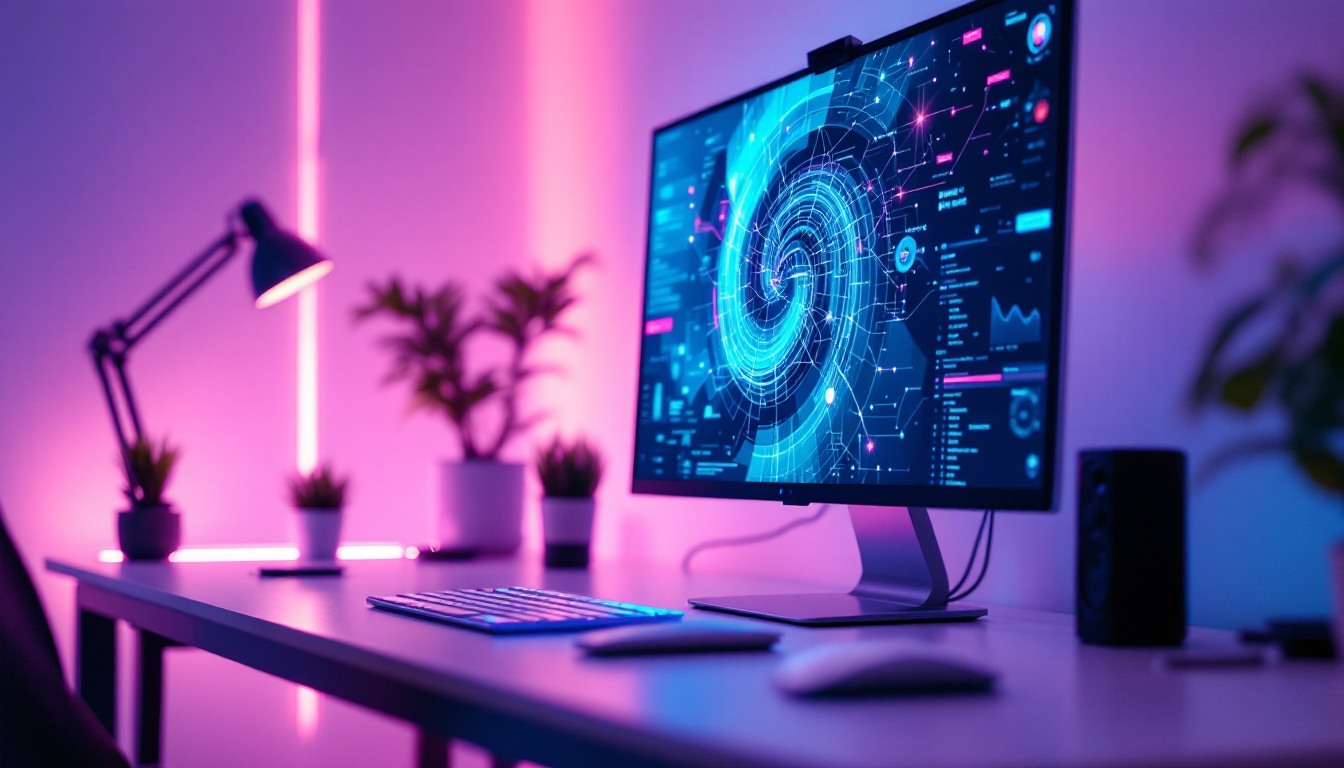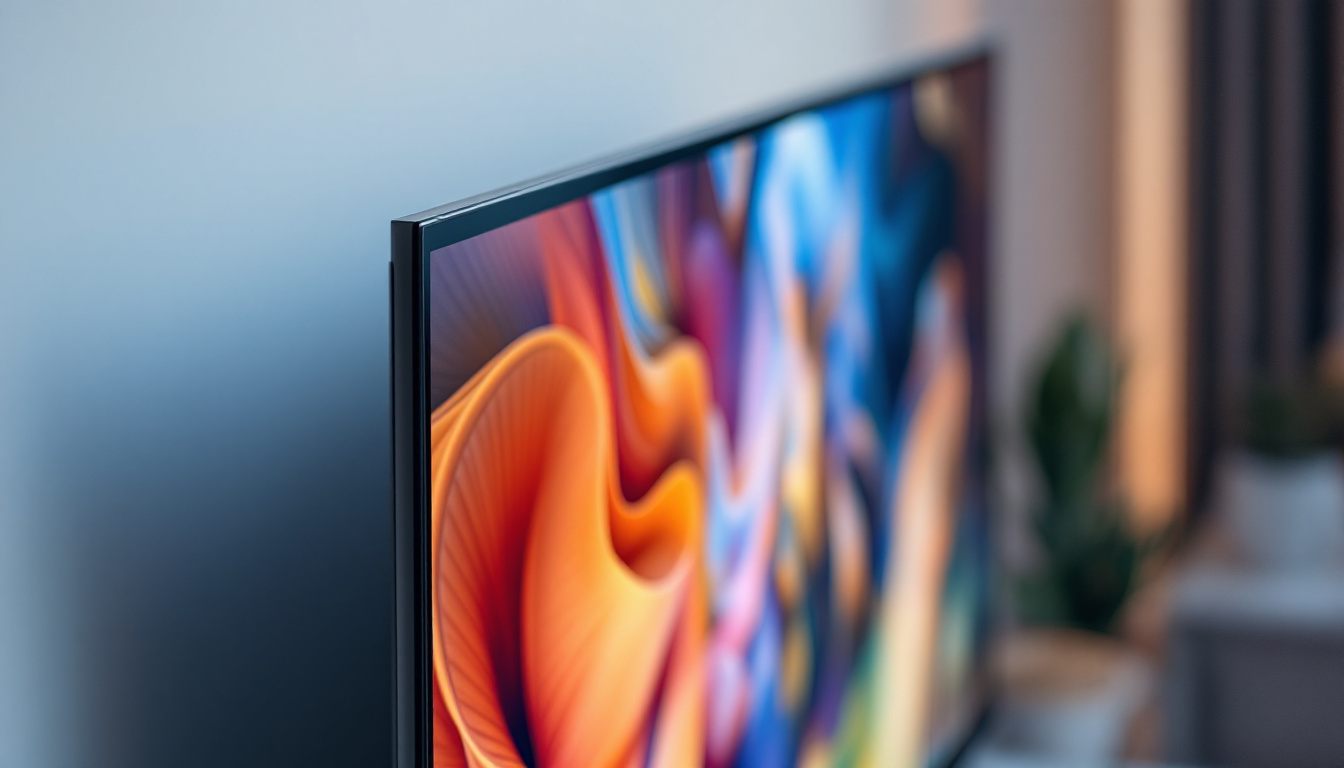In an era where technology is evolving at an unprecedented pace, touch screen monitors have emerged as a pivotal component in various sectors, from education to retail. The integration of LED displays has further enhanced their functionality and appeal. This article delves into the intricacies of touch screen monitors, focusing specifically on LED display technology, its advantages, and its applications.
Understanding Touch Screen Technology
Touch screen technology allows users to interact directly with what is displayed on the screen, rather than using a mouse or keyboard. This intuitive interface has transformed the way people engage with devices, making it a staple in modern computing. The evolution of touch screens has not only changed how we use technology but has also influenced various industries, from gaming to healthcare, by providing more accessible and efficient ways to interact with digital content.
Types of Touch Screen Technology
There are several types of touch screen technologies available, each with its unique characteristics and applications. The most common types include resistive, capacitive, and infrared touch screens.
Resistive touch screens consist of multiple layers that detect pressure applied to the screen. They are often more affordable and can work with any input method, including fingers, styluses, or gloves. However, they are less responsive than other types and may not support multi-touch functionality. This makes them suitable for environments where durability is key, such as in industrial settings or kiosks, where users may be wearing gloves or using tools to interact with the screen.
Capacitive touch screens, on the other hand, rely on the electrical properties of the human body. They are more sensitive and support multi-touch gestures, making them ideal for smartphones and tablets. The ability to recognize multiple touch points simultaneously has opened up new avenues for user interaction, enabling gestures like pinch-to-zoom and swipe. Infrared touch screens use a grid of infrared light beams to detect touch, allowing for a more durable and scratch-resistant surface. This technology is often used in large displays, such as interactive whiteboards, where multiple users can engage with the content at once.
The Role of LED Displays
LED (Light Emitting Diode) displays have become the preferred choice for touch screen monitors due to their superior brightness, energy efficiency, and longevity. Unlike traditional LCD screens, LED displays use diodes to produce light, resulting in more vibrant colors and deeper blacks. This enhancement in visual quality is particularly important for applications that require precise color representation, such as graphic design or video editing.
Moreover, LED technology allows for thinner and lighter screens, which is particularly beneficial for portable devices. The combination of touch screen technology and LED displays creates a seamless user experience, enhancing both functionality and aesthetics. Additionally, the energy efficiency of LED displays contributes to longer battery life in mobile devices, making them more practical for everyday use. As technology continues to advance, we can expect to see even more innovative uses of touch screen and LED technologies, further integrating them into our daily lives and expanding their applications across various fields, including education, retail, and entertainment.
Advantages of Touch Screen Monitors with LED Displays
The integration of LED displays in touch screen monitors offers numerous advantages that cater to both personal and professional needs. Understanding these benefits can help consumers make informed decisions when choosing the right monitor.
Enhanced Visual Experience
One of the most significant advantages of LED displays is their ability to deliver stunning visual quality. With higher contrast ratios and a wider color gamut, LED monitors provide a more immersive experience for users. This is particularly beneficial in applications such as graphic design, gaming, and video editing, where color accuracy and detail are paramount.
Furthermore, LED displays are known for their brightness, making them suitable for various lighting conditions. Whether in a dimly lit room or a brightly lit environment, LED touch screen monitors maintain clarity and visibility, ensuring users can interact without straining their eyes.
Energy Efficiency and Longevity
Energy efficiency is another critical advantage of LED technology. Compared to traditional LCDs, LED displays consume significantly less power, which can lead to reduced energy costs over time. This is particularly important for businesses looking to minimize operational expenses while maintaining high-quality displays.
In addition to being energy-efficient, LED displays have a longer lifespan than their counterparts. With proper care, these monitors can last for many years, making them a worthwhile investment for both personal and commercial use. This longevity translates to less frequent replacements, further enhancing their cost-effectiveness.
Interactivity and User Engagement
Touch screen monitors equipped with LED displays foster a more interactive environment. This is especially valuable in educational settings, where students can engage with content directly, enhancing learning experiences. Interactive displays also encourage collaboration, allowing multiple users to interact simultaneously, which is beneficial in both classroom and corporate environments.
In retail, touch screen monitors can enhance customer engagement by allowing shoppers to browse products, access information, and even make purchases directly from the display. This level of interactivity not only improves the customer experience but also drives sales and increases brand loyalty.
Applications of Touch Screen Monitors with LED Displays
The versatility of touch screen monitors with LED displays has led to their widespread adoption across various industries. From healthcare to hospitality, these monitors are transforming the way businesses operate.
Education
In educational institutions, touch screen monitors are revolutionizing the classroom experience. Teachers can present lessons interactively, allowing students to participate actively. The ability to annotate directly on the screen enhances engagement and retention of information.
Moreover, these monitors facilitate remote learning, enabling educators to connect with students regardless of their location. The use of LED displays ensures that content is visually appealing, making learning more enjoyable.
Healthcare
In the healthcare sector, touch screen monitors are becoming indispensable tools. They are used for patient check-ins, accessing medical records, and displaying critical information in real-time. The clarity and responsiveness of LED displays make them ideal for environments where quick access to information is crucial.
Additionally, interactive displays can enhance patient education, allowing healthcare providers to explain procedures and treatments more effectively. This not only improves patient understanding but also fosters trust and satisfaction.
Retail and Hospitality
retailers are increasingly utilizing touch screen monitors with LED displays to enhance the shopping experience. Digital signage, interactive kiosks, and point-of-sale systems equipped with touch screens allow customers to browse products, check prices, and make purchases with ease.
In the hospitality industry, these monitors are used for check-in kiosks, information displays, and interactive maps. The ability to provide guests with immediate access to information enhances their overall experience, making their stay more enjoyable.
Choosing the Right Touch Screen Monitor
With a plethora of options available in the market, selecting the right touch screen monitor can be a daunting task. Several factors should be considered to ensure that the chosen monitor meets specific needs and requirements.
Screen Size and Resolution
The screen size and resolution are crucial factors that impact the overall user experience. Larger screens are ideal for collaborative environments, while smaller screens may be more suitable for personal use. Additionally, higher resolutions provide sharper images, which is particularly important for applications requiring detailed visuals.
When choosing a monitor, consider the primary use case. For instance, a high-resolution display may be necessary for graphic design, while a standard resolution may suffice for general office tasks.
Touch Technology
As previously discussed, different touch technologies offer various benefits. It is essential to choose a monitor that aligns with the intended use. For example, a capacitive touch screen is preferable for applications requiring multi-touch gestures, while a resistive touch screen may be more suitable for environments where durability is a concern.
Connectivity Options
Connectivity options are another important consideration. Ensure that the monitor has the necessary ports and compatibility with existing devices. Common connectivity options include HDMI, USB, and DisplayPort. Additionally, some monitors offer wireless connectivity, which can enhance flexibility and reduce cable clutter.
Future Trends in Touch Screen Monitors
The future of touch screen monitors, especially those with LED displays, looks promising. As technology continues to advance, several trends are emerging that are likely to shape the landscape of touch screen technology.
Integration with AI and IoT
Artificial Intelligence (AI) and the Internet of Things (IoT) are set to play a significant role in the evolution of touch screen monitors. The integration of AI can enhance user experience by providing personalized content and recommendations. For instance, smart monitors could learn user preferences and adapt accordingly.
Moreover, as IoT devices become more prevalent, touch screen monitors will likely serve as central hubs for controlling smart environments. This integration will provide users with seamless control over various devices, enhancing convenience and efficiency.
Advancements in Display Technology
As display technology continues to evolve, touch screen monitors will benefit from advancements such as OLED and MicroLED displays. These technologies promise even better color accuracy, contrast ratios, and energy efficiency, further enhancing the user experience.
Additionally, developments in flexible and foldable displays may lead to innovative designs, allowing for more versatile applications in various industries.
Increased Focus on Sustainability
As the world becomes more environmentally conscious, the demand for sustainable technology is on the rise. Manufacturers are likely to focus on creating eco-friendly touch screen monitors that minimize environmental impact. This may include using recyclable materials and energy-efficient production processes.
Conclusion
Touch screen monitors with LED displays have transformed the way individuals and businesses interact with technology. Their advantages, including enhanced visual quality, energy efficiency, and interactivity, make them invaluable across various sectors. As technology continues to advance, the future of touch screen monitors looks bright, promising even more innovative applications and improved user experiences.
Whether in education, healthcare, retail, or hospitality, the integration of touch screen technology with LED displays is set to redefine how users engage with information and services. As consumers and businesses alike continue to embrace this technology, it is essential to stay informed about the latest trends and advancements to make the most of these powerful tools.
Explore Cutting-Edge LED Display Solutions with LumenMatrix
Ready to elevate your interactive experiences with the latest in LED display technology? Discover LumenMatrix’s innovative solutions, from vibrant Indoor and Outdoor LED Wall Displays to dynamic Vehicle and Sports LED Displays. Whether you’re looking to captivate with a LED Poster Display, engage with a Floor LED Display, or customize your visual communication with a Custom LED Display, LumenMatrix has you covered. Embrace the future of visual engagement with our All-in-One and Transparent LED Displays. Check out LumenMatrix LED Display Solutions today and transform how you share your message with the world.


